For most modern HVAC dampers in the marketplace, the wiring terminals are labeled in an intuitive way. In other words, the terminals have labels like “OPEN” , “CLOSE”, or “24V” . This kind of labeling was not always the norm, and just a few years ago, most damper motors were either 2-wire and had NO labels or they were “5 wire” and the terminal labels were “1, 2, 3, 4, 5” thus, requiring a manual to decipher.
We have gotten calls from customers about dozens of different damper terminal labeling schemes. While there is some consistency. This is NOT always the case.
Over the years, we have released many different wiring diagrams for many different dampers and here we are attempting to create a list of all the damper wiring information we have compiled over the years.
Please contact us if you have a different 24VAC damper than shown here and we will create instructions for any 24VAC controlled damper and post it here when complete.
NOTE: The above is for a Power-Open/ Spring-Close Damper, see below for additional options.
NOTE: The above is for a Power-Close / Spring-Open Damper. If you don’t know, you can try both of the above two methods for wiring your durozone damper.
2-Wire / Spring Dampers
One style of damper that is not shown here are 2-wire zone dampers (spring dampers) that have motors that look something like below. They all have one thing in common that you could probably guess… two wires. These wires are often not labeled and it is because the polarity does not matter. It only matters that one of them goes to the “COM” damper terminal on SmartZone and the other goes to either “OPEN” or “CLOSE”. This will depend on whether they are “Power-Open” or “Power-Close”. These types of hvac zone damper motors are powered in only one direction and they “spring” back into the opposite position. So, if you have “Power-Open” dampers the other wire should be connected to the “OPEN” terminal of the zone panel and if “Power-Close” then connect to the “CLOSE” terminal of SmartZone.
UPGRADE to better Damper Motors
We always recommend considering an upgrade to our Power-Open / Power-Close (3-wire) damper. This style of damper uses 1/10 the power of “spring” dampers and is MUCH more reliable. Spring dampers have a typically shorter lifespan than the Belimo 3 wire dampers we are selling. We have tested MANY damper motors over the years because we stand behind everything we sell it is important for us to carry and ONLY sell high quality products. This is why we DO not sell a direct replacement for this two wire motor but instead offer a way to upgrade to a MUCH better technology that will outlast the 2 wire replacement many times over. All at a cost that is almost the same. Take a look at the M847 shaft adapter and see if it or any of the others we have will allow you to upgrade.











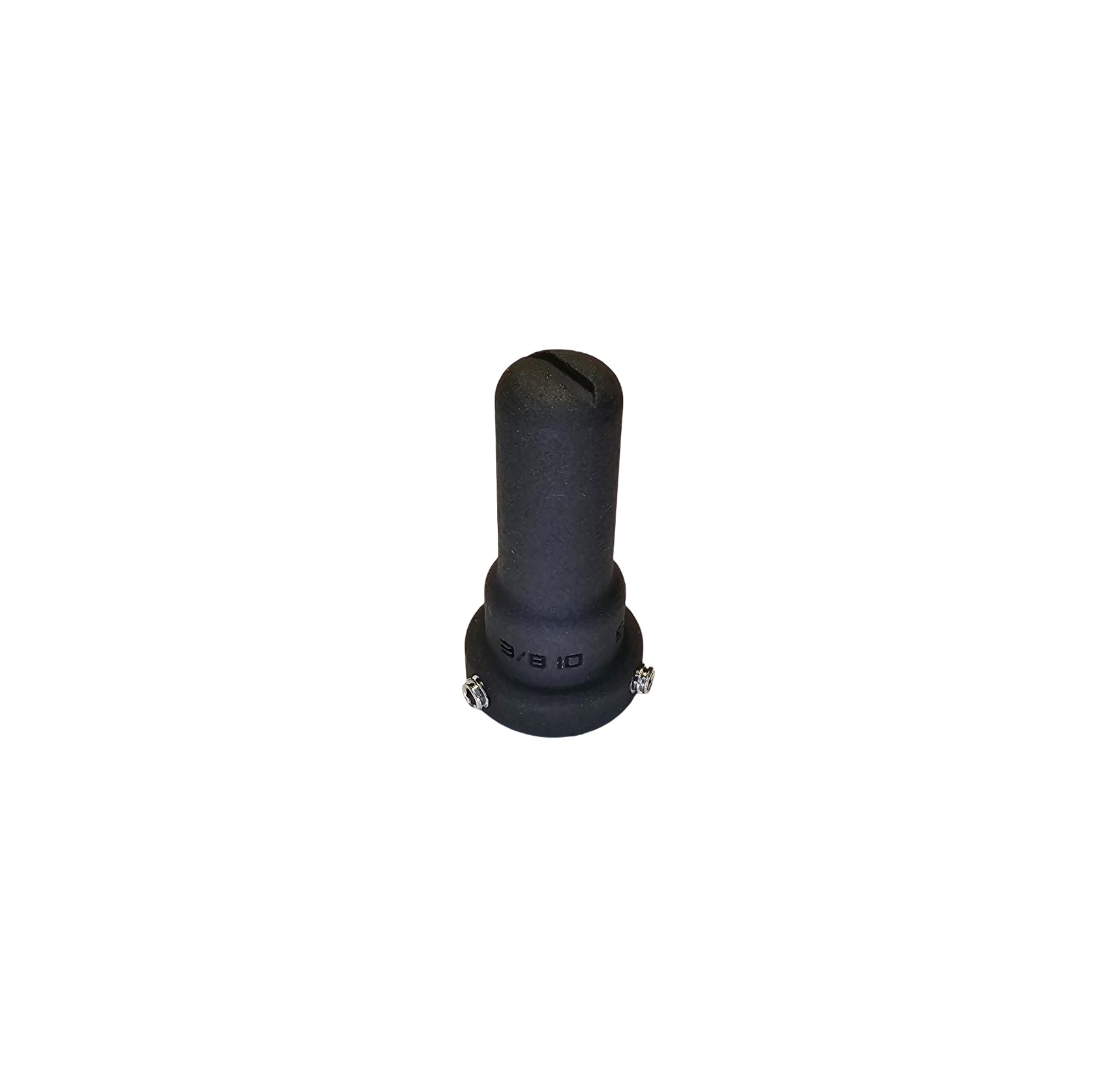






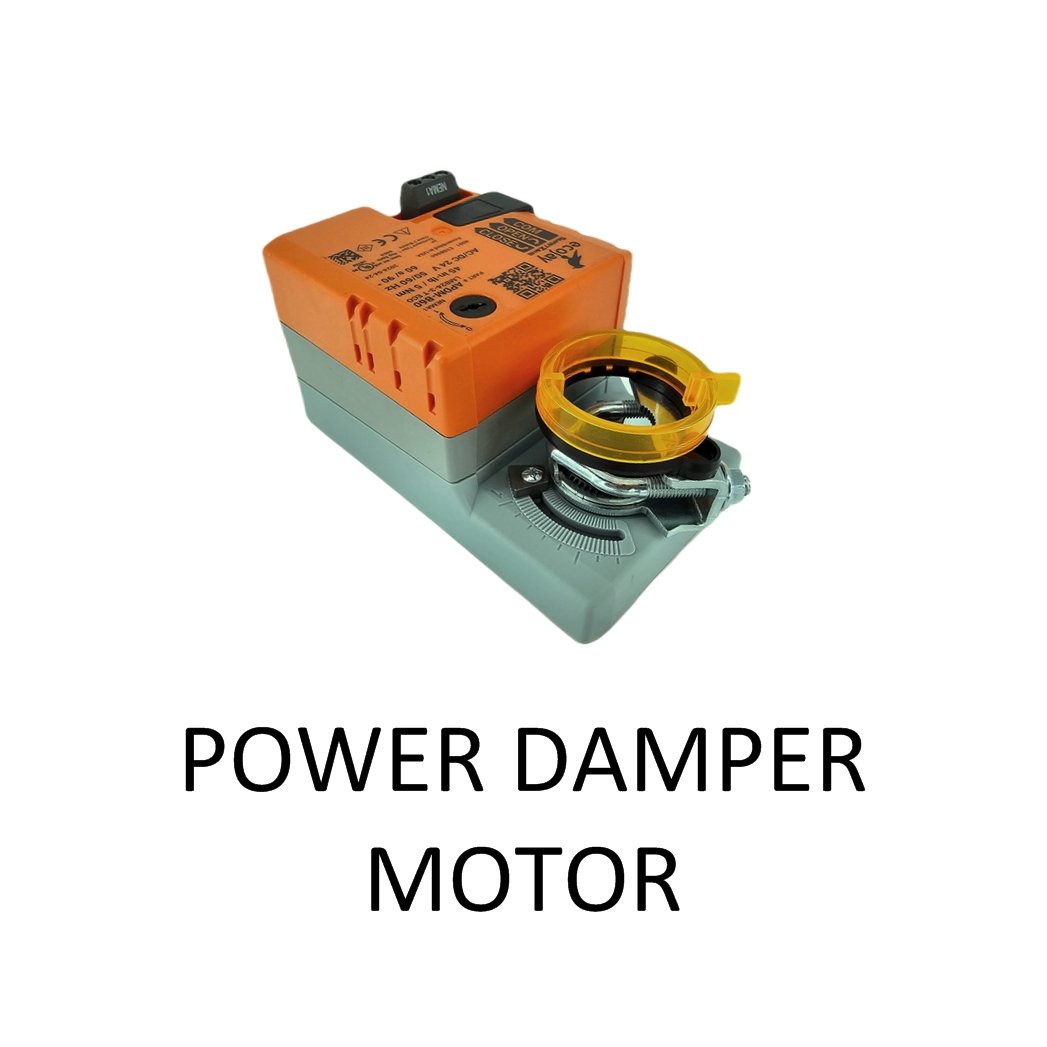






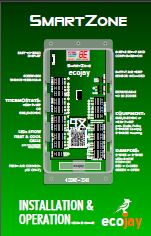









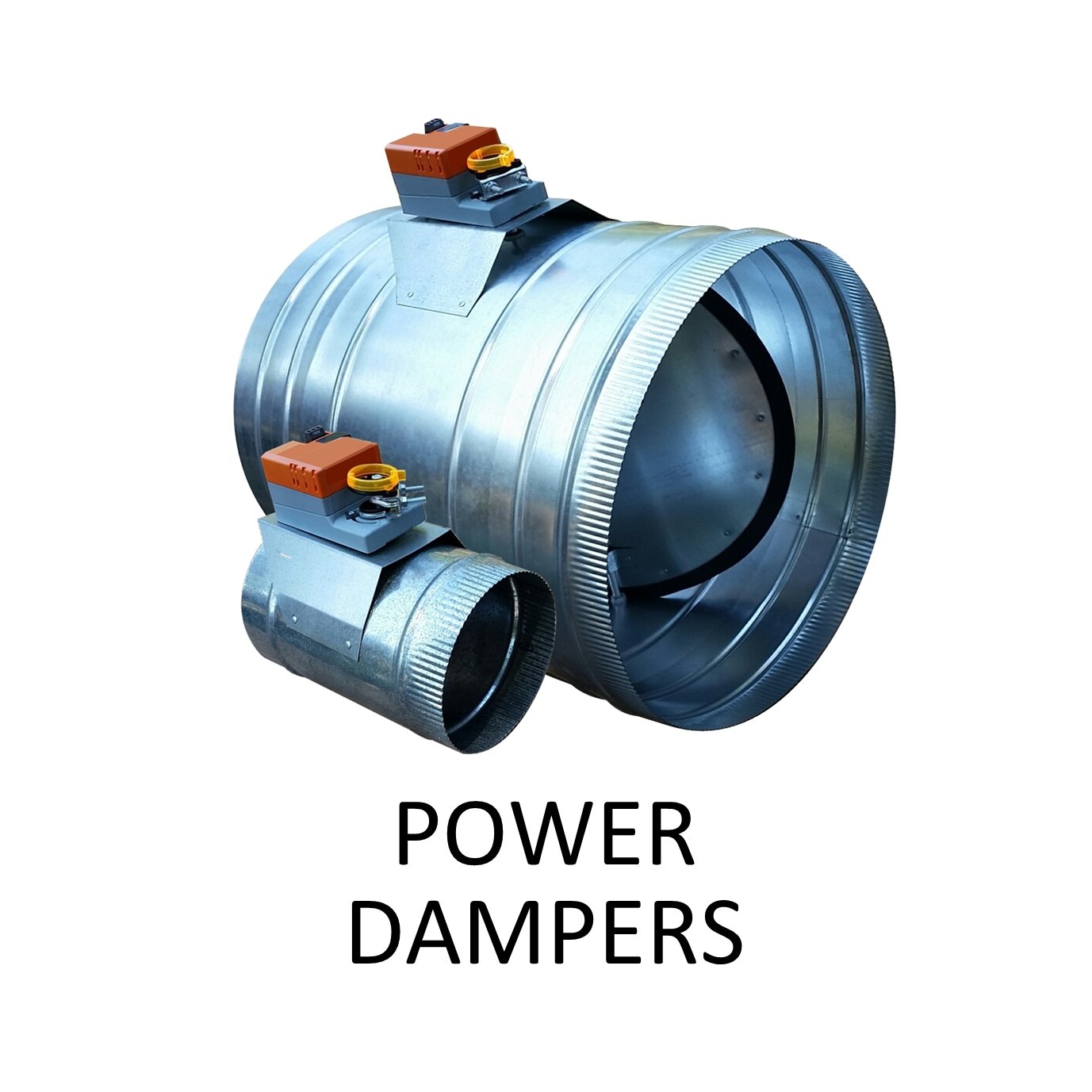




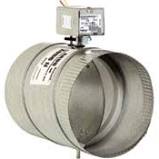

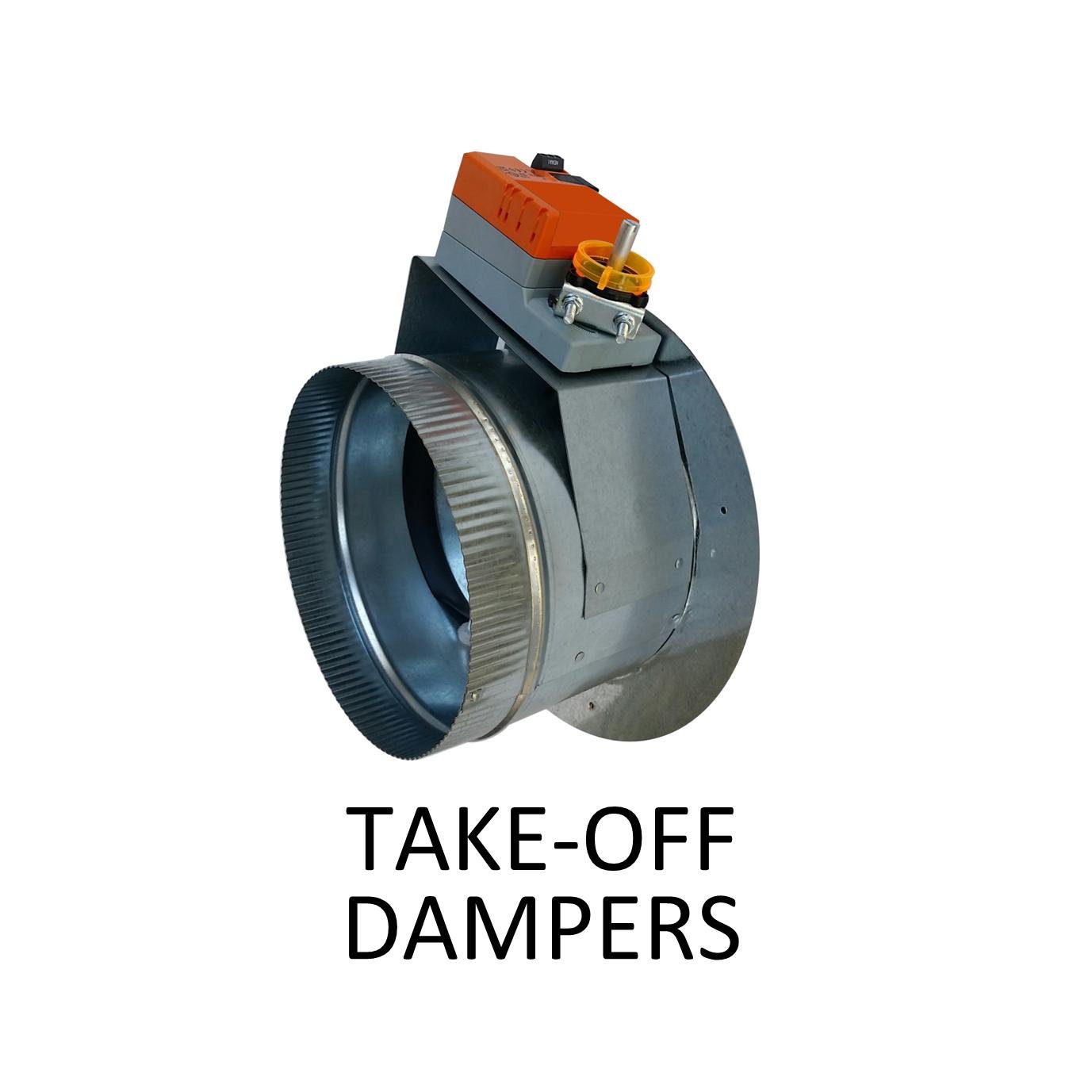


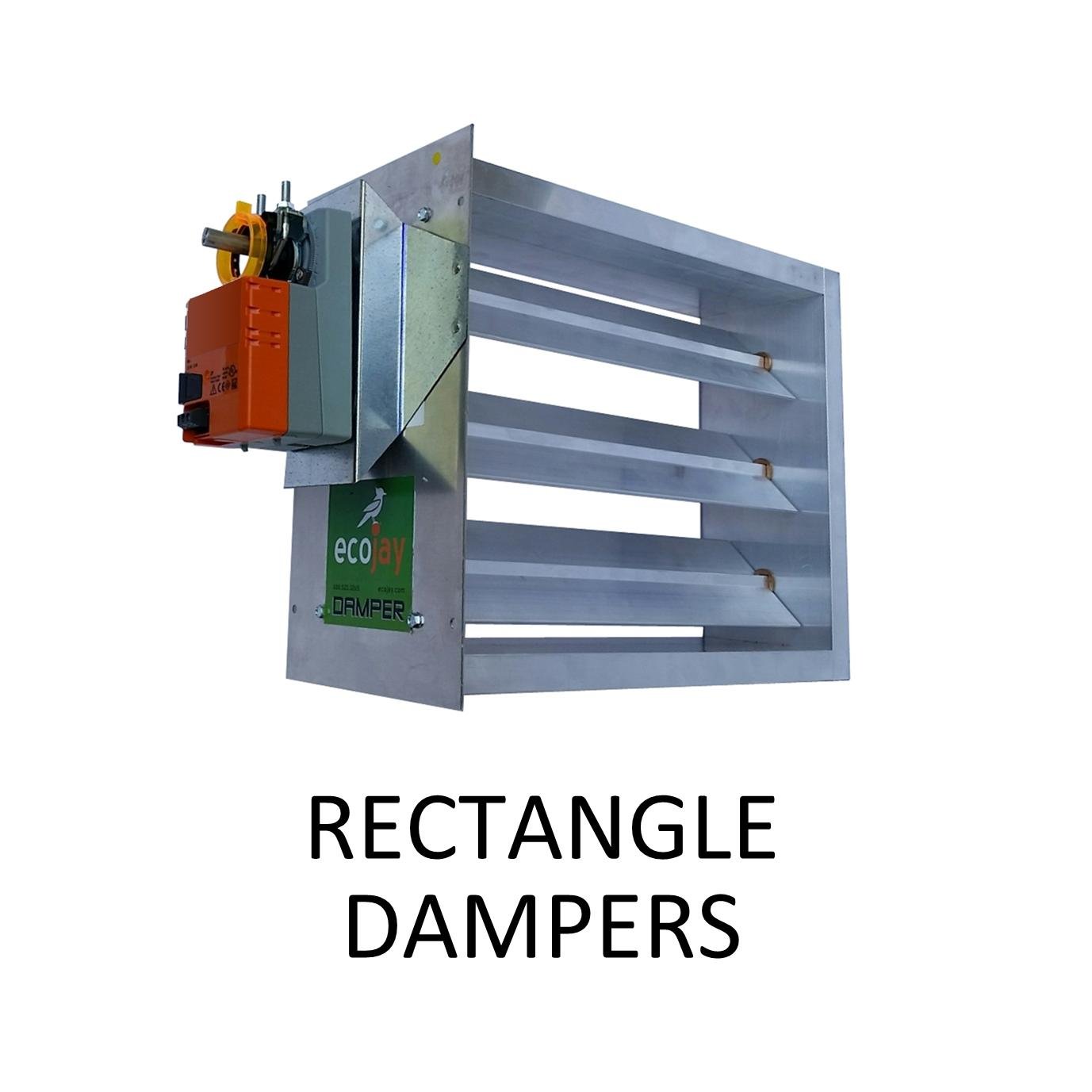
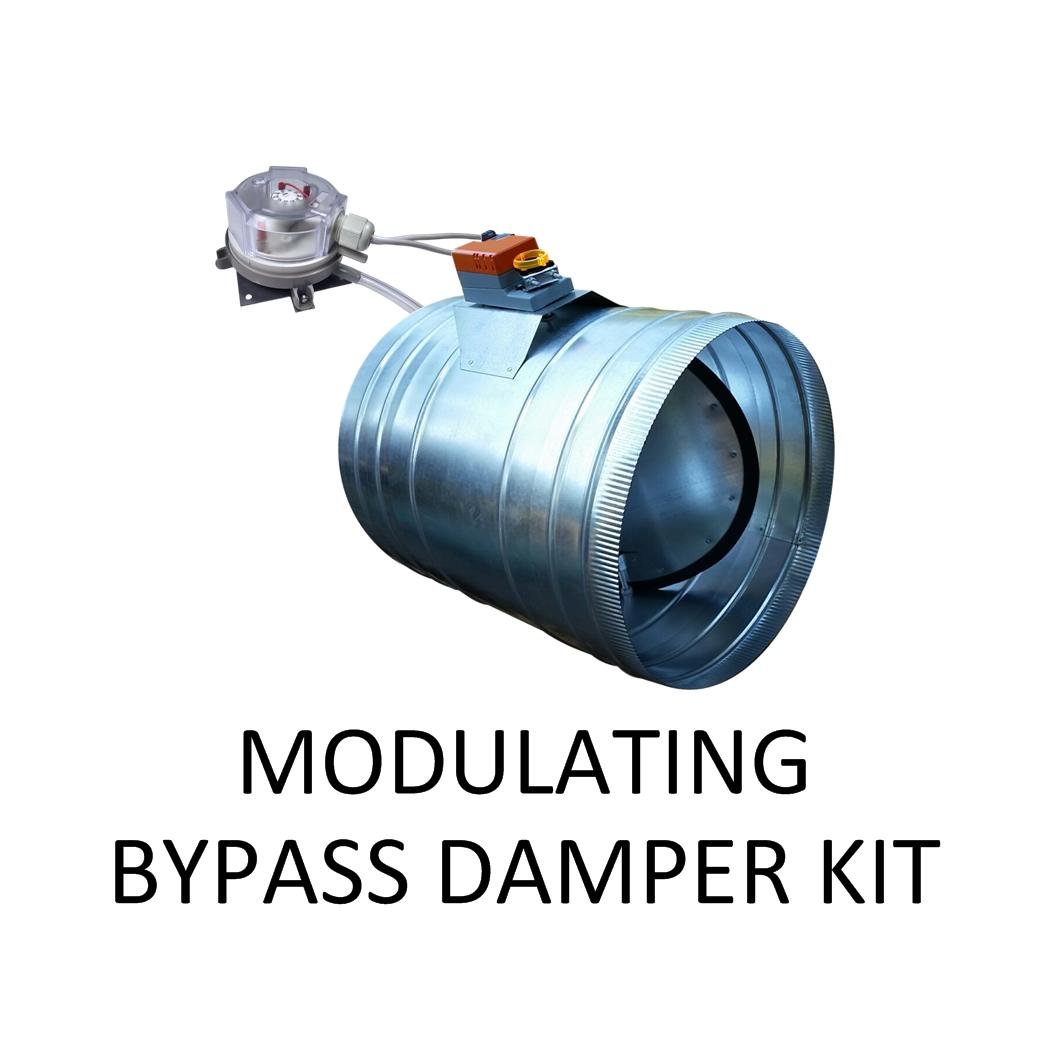
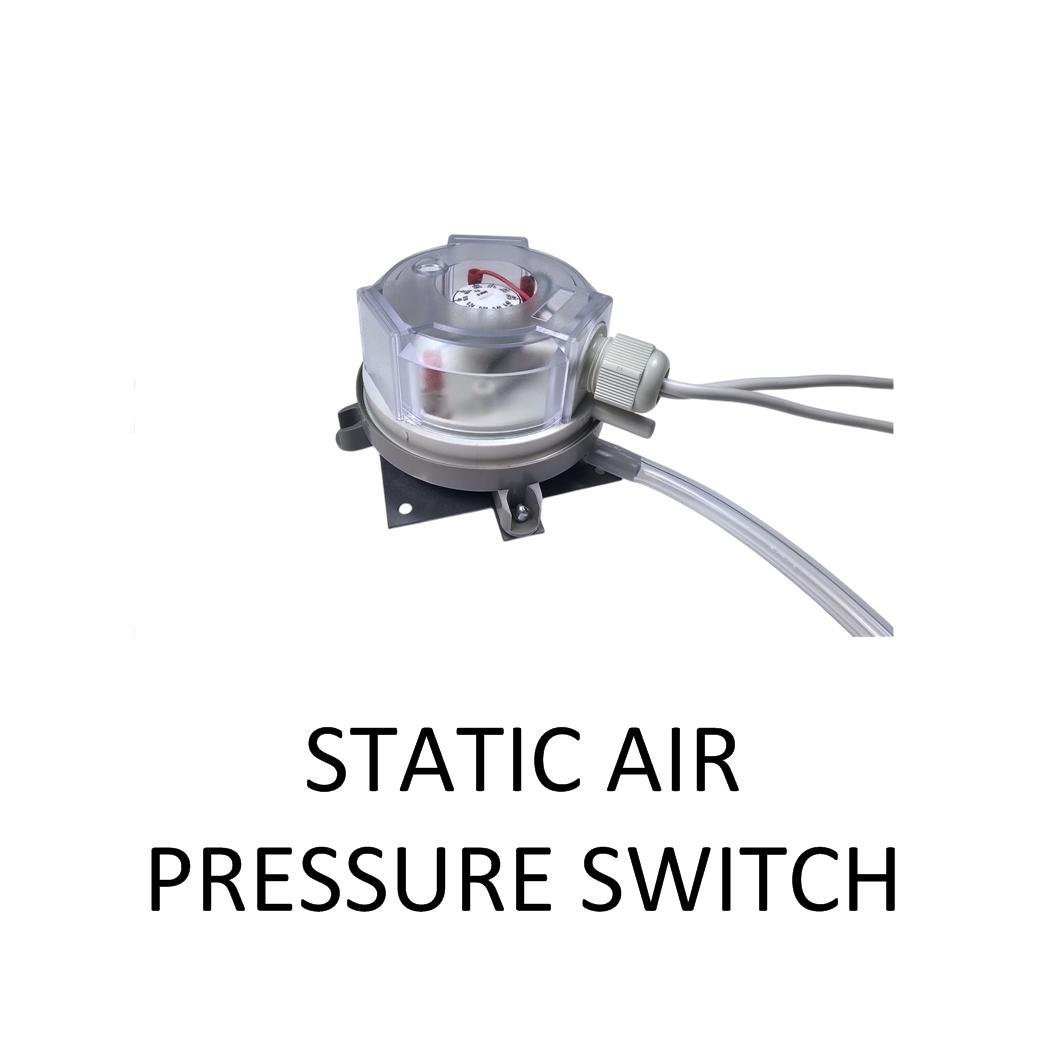
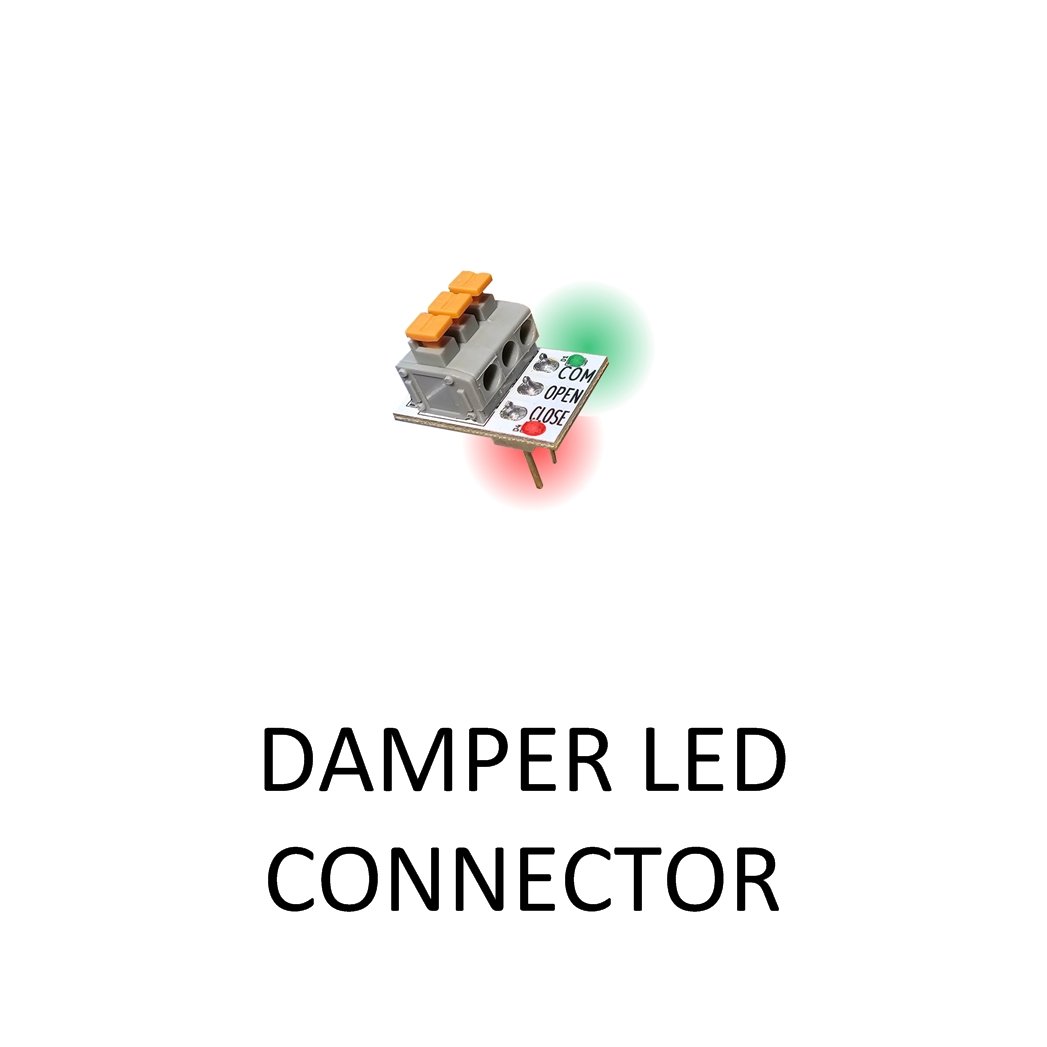






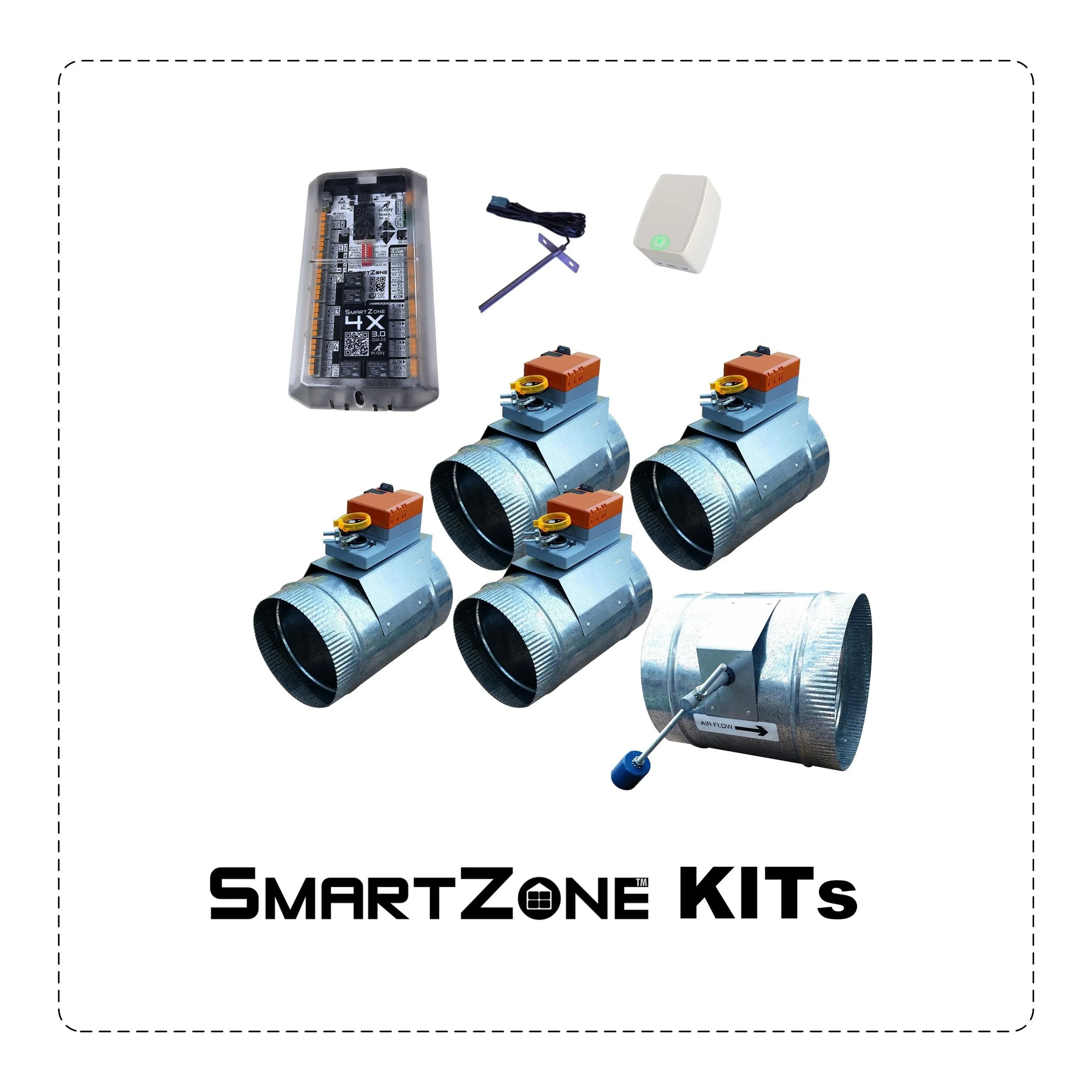
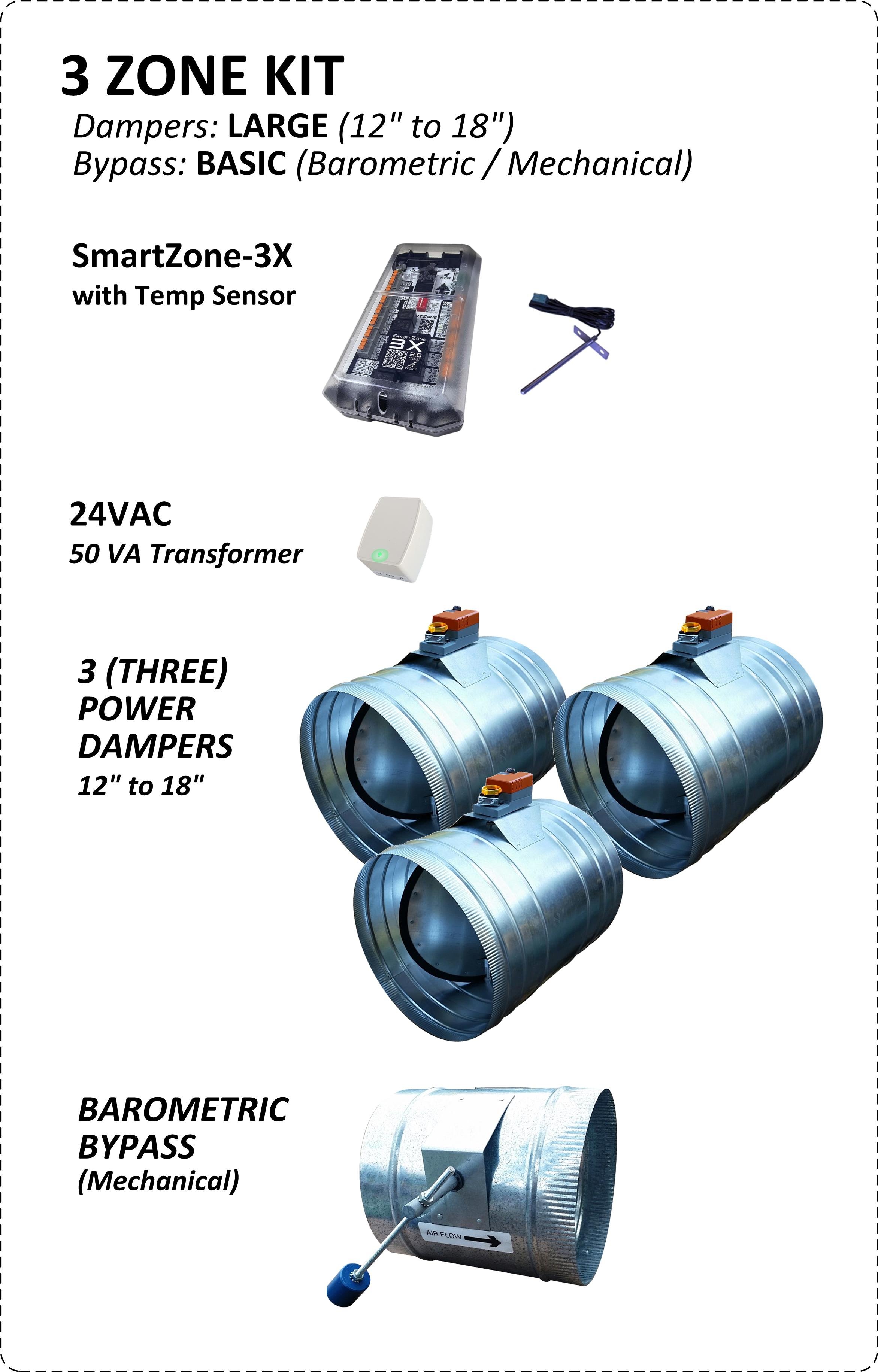
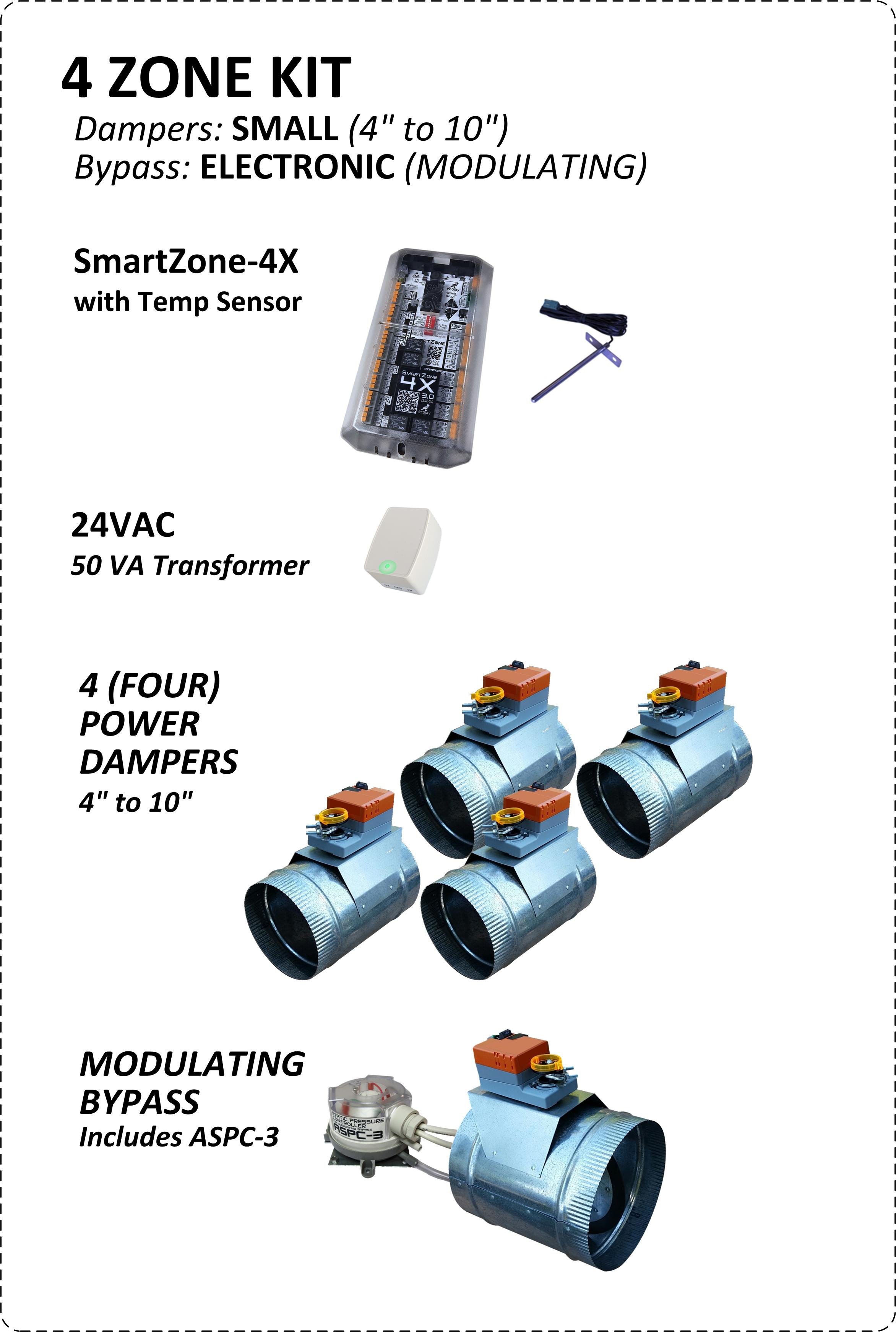
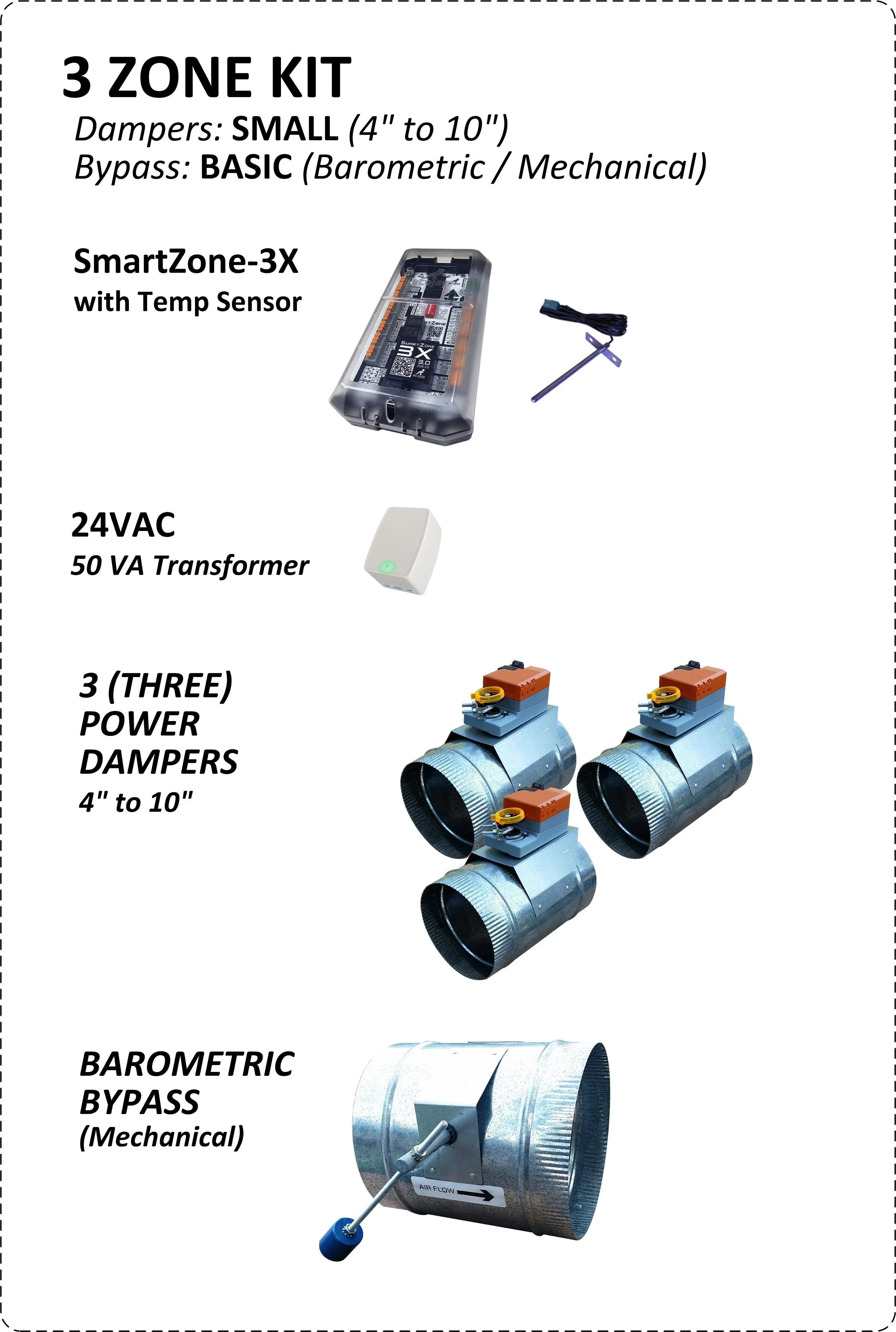
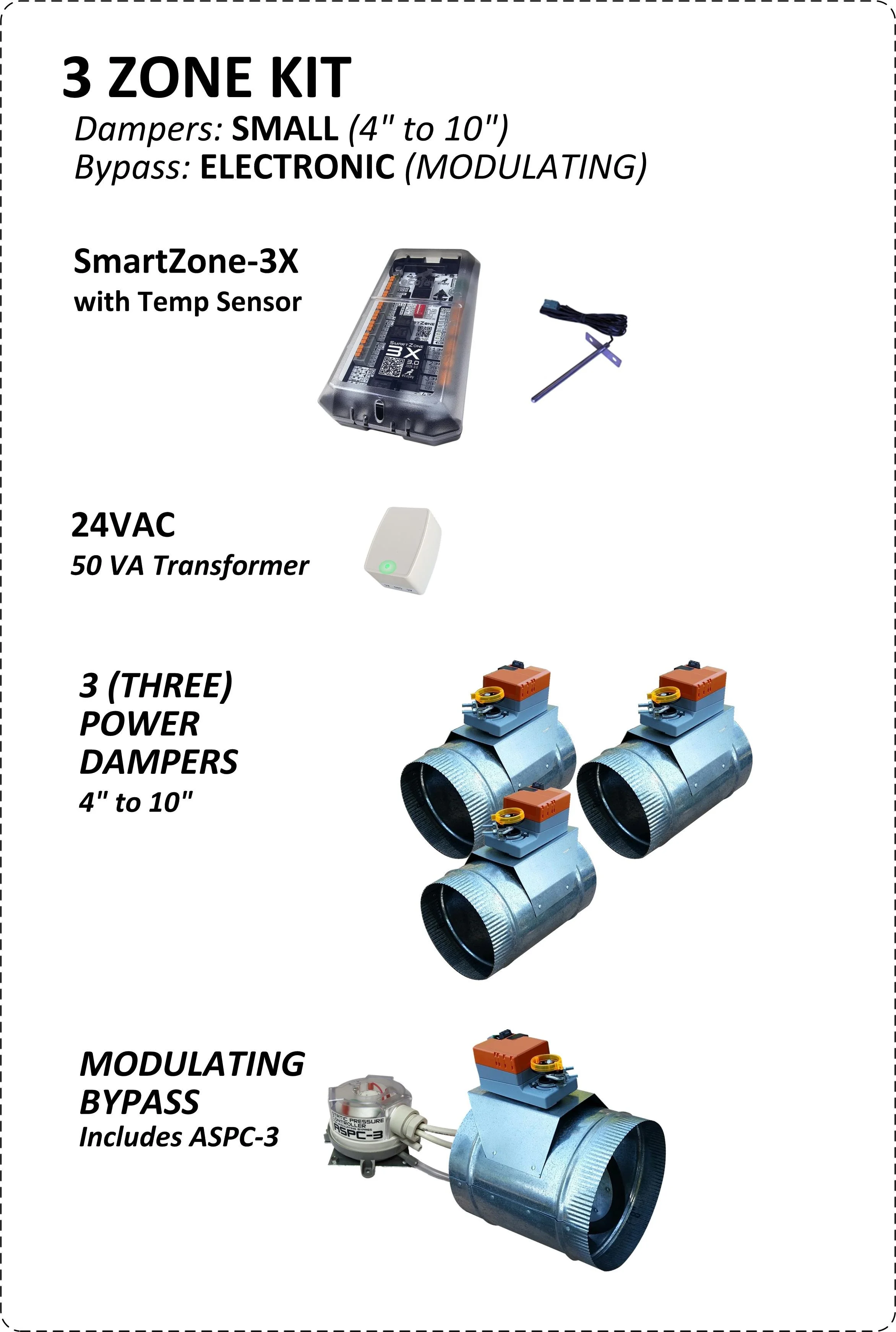
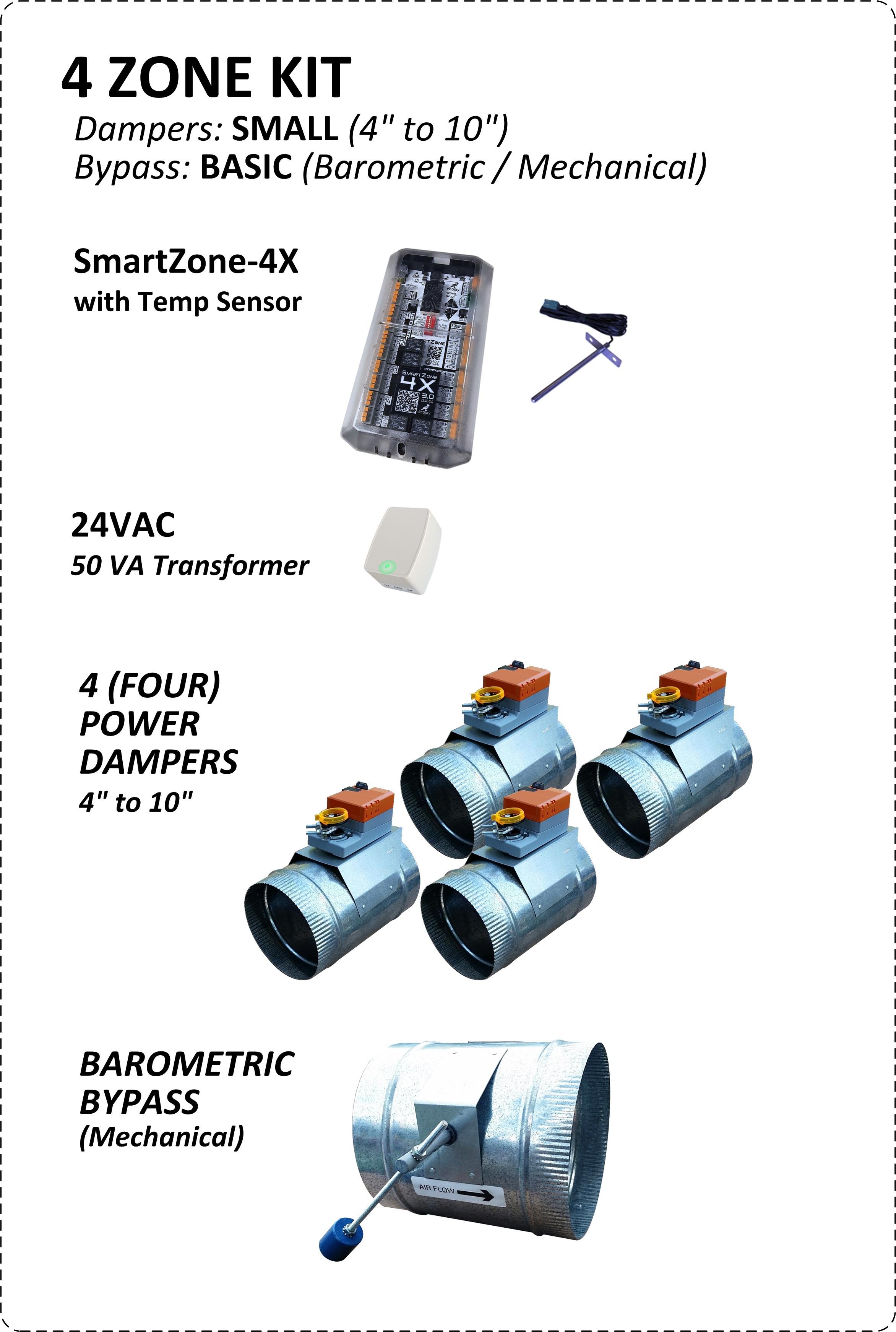
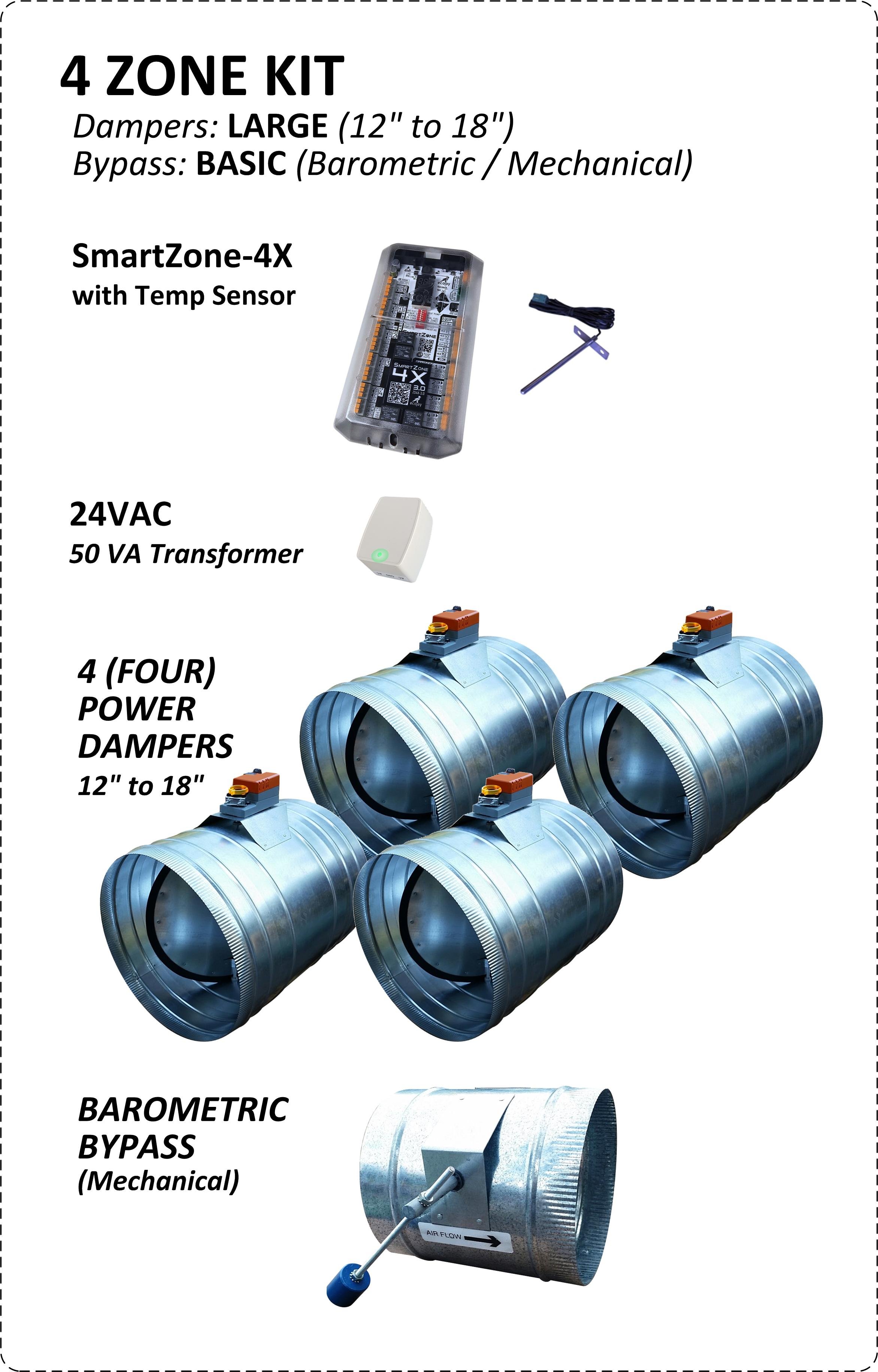
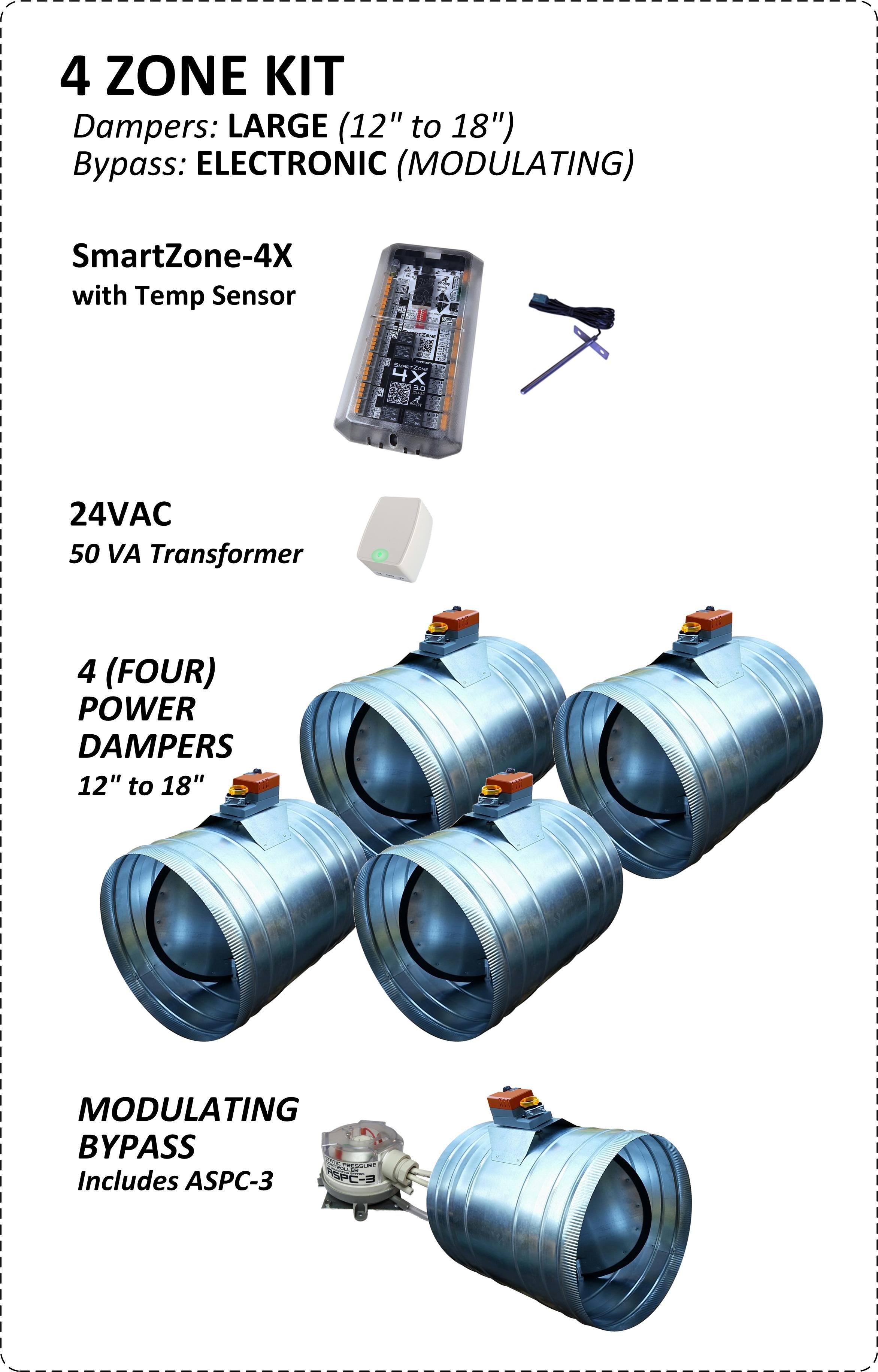

4", 5", 6", 7", 8", 9", 10", 12", 14", 16", 18" Available
FEATURES:
Industry-leading quality & highest reliability, Belimo Motor, Full-seal gasket blade, Super-Heavy Duty, Ribs for easy flex duct attachment, One crimped end for easy solid duct attachment, 5 Year replacement warranty.
Now available with or without a motor (Select below)
NOTE: All dampers subject to a 10% restocking fee.